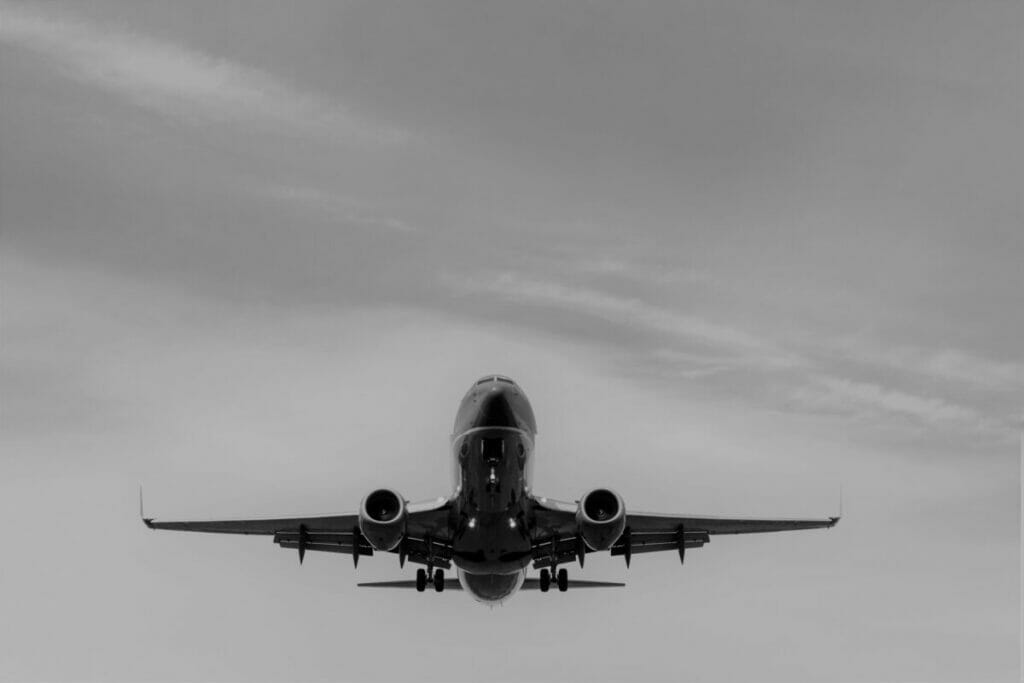FIONA HYSLOP has been named as the new Minister for Transport following Kevin Stewart’s resignation, with Màiri McAllan’s remit also expanded to restore the transport portfolio to a cabinet position. The combination of Hyslop’s governmental experience and the expansion of transport to a Cabinet Secretary portfolio appears to signal the Scottish Government’s intention to devote more attention to transport issues, many of which continue to be major talking points for opposition members in Holyrood and Westminster.
In a series of blogs, Rory MacDonald, Newsdirect’s portfolio lead for transport and connectivity, looks at the key transport and infrastructure issues that are uppermost in the ministerial in-tray, starting with aviation…
***
During a visit to Glasgow Airport in May, Scottish Labour leader Anas Sarwar called on the Scottish Government to devise a plan to revive the country’s airports and international connectivity. The call came following reports that Glasgow Airport was only running at 86% of its pre-pandemic capacity, and had lost routes to key areas in recent years, most notably in North America. Likewise, Edinburgh Airport recorded 76% of its pre-pandemic passenger figures in 2022, although trends across UK airports do indicate progress towards further recovery.
A significant step to recovery for Scottish aviation could be achieved through Edinburgh Airport’s push to be the first airport in the UK to host US pre-clearance which would see accelerated processing times for travellers and goods moving to and from the United States. Currently only two European airports have such facilities – Dublin and Shannon in Ireland – and with Edinburgh already operating the only direct flights to the US in Scotland, the move could see substantial uptake in these routes by the UK’s transatlantic passengers. Indeed, the airport recently reported its transatlantic capacity was set to operate at 149% of its 2019 levels. In July 2022 the previous Minister for Transport Jenny Gilruth wrote to the UK Government to seek support for the airport’s proposals from the Home Office and Department for Transport. The UK Government indicated interest in the airport’s endeavour – the question now will be whether the move continues to gather momentum.
Regarding Scotland’s second largest airport, Andy Cliffe, chief executive of AGS Airports, has called for greater efforts to take advantage of the opportunities available to Glasgow Airport, citing a “connectivity deficit”. He has called for more targeted activity by VisitScotland and Glasgow City Council and other stakeholders to promote inbound tourism to the city, noting Manchester’s efforts to create cohesive and consistent messaging around the city as an example to learn from. Speaking to The Herald, he also discussed Glasgow Airport’s impact on the local economy, stating the airport supported around 30,000 jobs across the broader economy. A key goal in this expansion includes targeting the return of flights from Glasgow to the US, emphasising a similar goal to that of Edinburgh Airport and VisitScotland in improving tourism and connectivity with North America.
In the meantime, the Scottish Government has committed to publishing an Aviation Strategy. The consultation on the strategy closed in January 2022 and the analysis of submissions was published over a year ago in April 2022. Findings from the consultation noted sustainable aviation fuels (SAF) were most likely to deliver the biggest reductions in lifecycle emissions for aviation in the medium term, and Transport Scotland, in coordination with Scottish Enterprise, have commissioned a SAF supply chain mapping study for Scotland in order to review the economic opportunity. Research commissioned by Sustainable Aviation UK claimed that SAF production could create between 1,060 and 2,310 jobs in Scotland and generate between £153-332m Gross Value Added per year. Furthermore, the Jet Zero Council, a partnership between industry and the UK Government, has published a delivery plan for the next two years, outlining its commitment to speed up the design, manufacture and rollout of zero emission aircraft and vital infrastructure at UK airports. The plan sets out how the council will help to accelerate the production of sustainable aviation fuels (SAF), by continuing to invest in SAF plants, supporting scientific research on a larger scale, and helping to drive down production costs.
Scottish aviation finds itself in a relatively strong position. With the removal of pandemic-enforced limitations, air connectivity is seeing a fast recovery across the UK and the Scottish Government’s recent pledge to grow its Scottish Connections Framework and improve relations with the Scottish diaspora signals an intention to continue emphasising the importance of international tourism to the economy. Although both the Scottish and UK governments have committed to trying to reduce aviation emissions, the recovery of air connectivity does appear to be a priority, and it will be interesting to see how Hyslop, McAllan and their UK counterparts attempt to balance their responsibilities to address the climate crisis and expand Scotland’s aviation sector.



